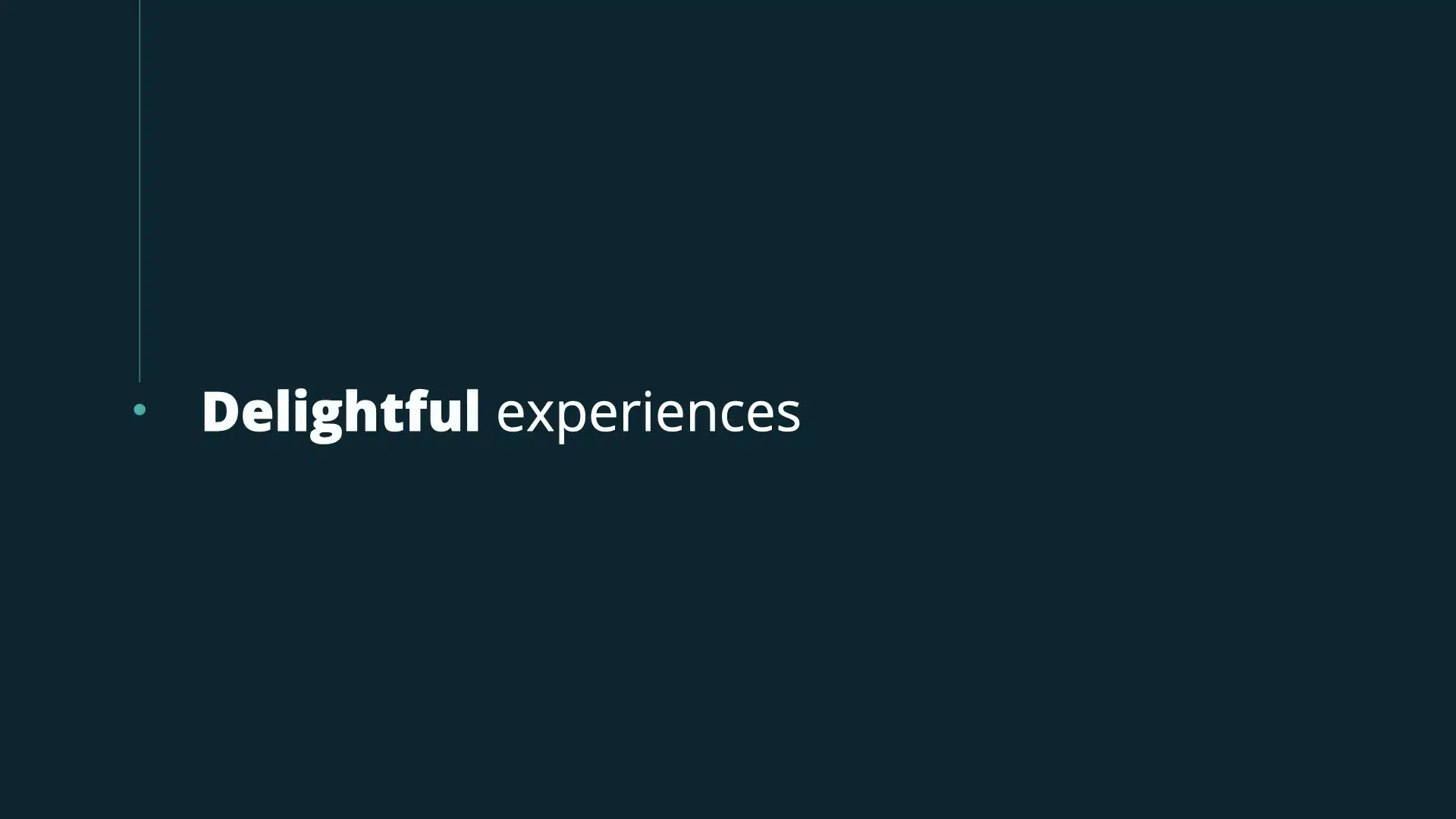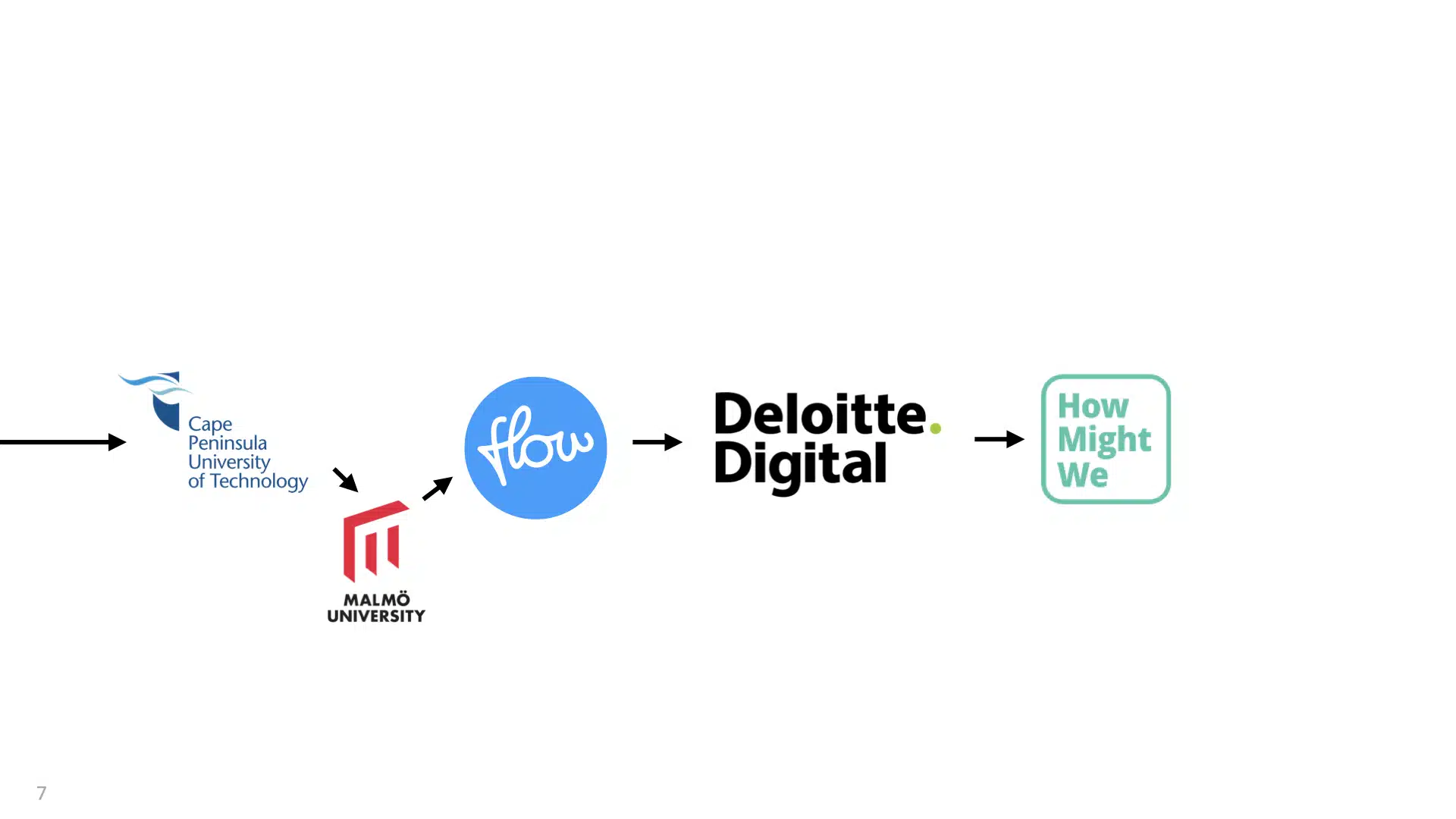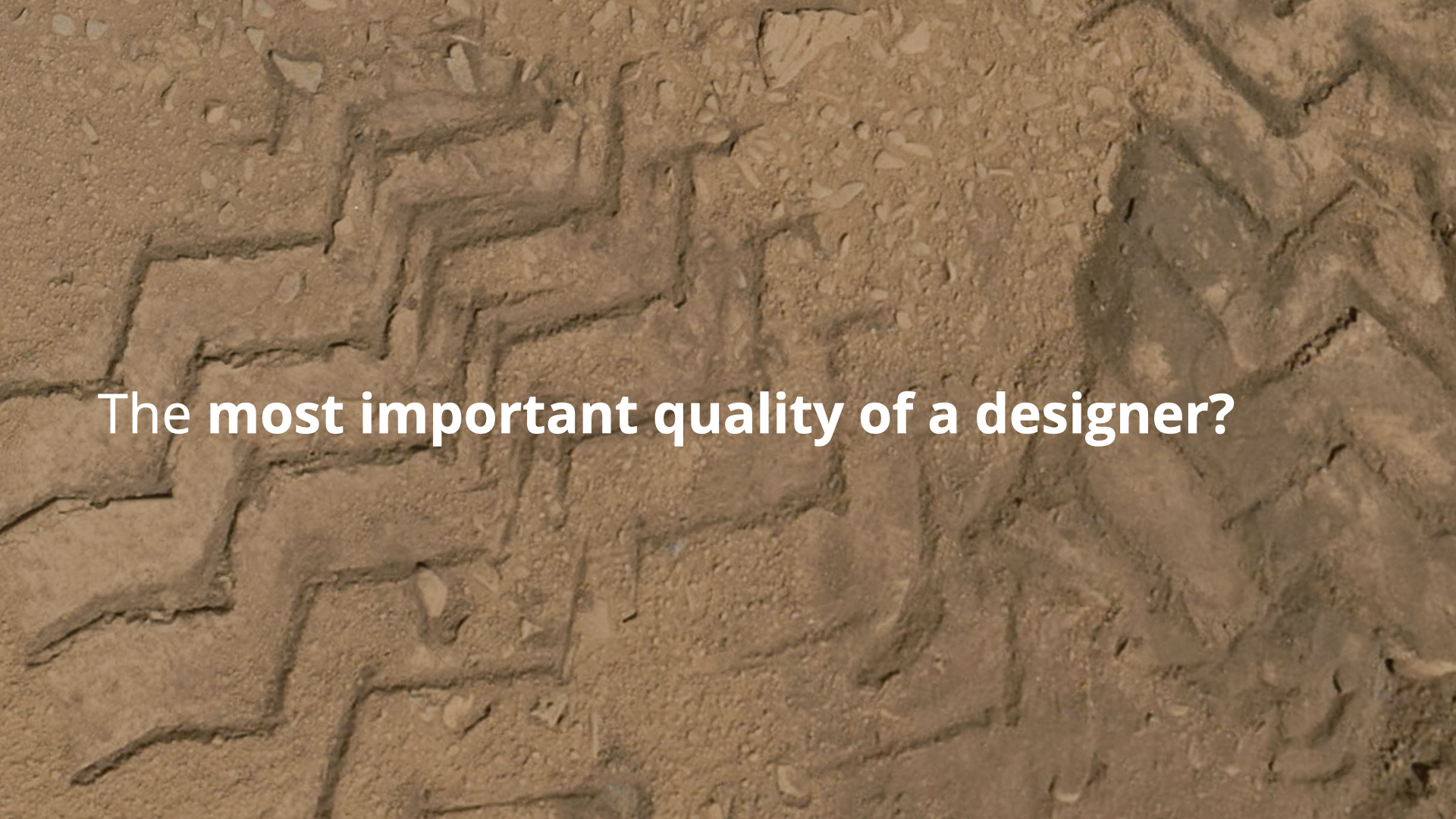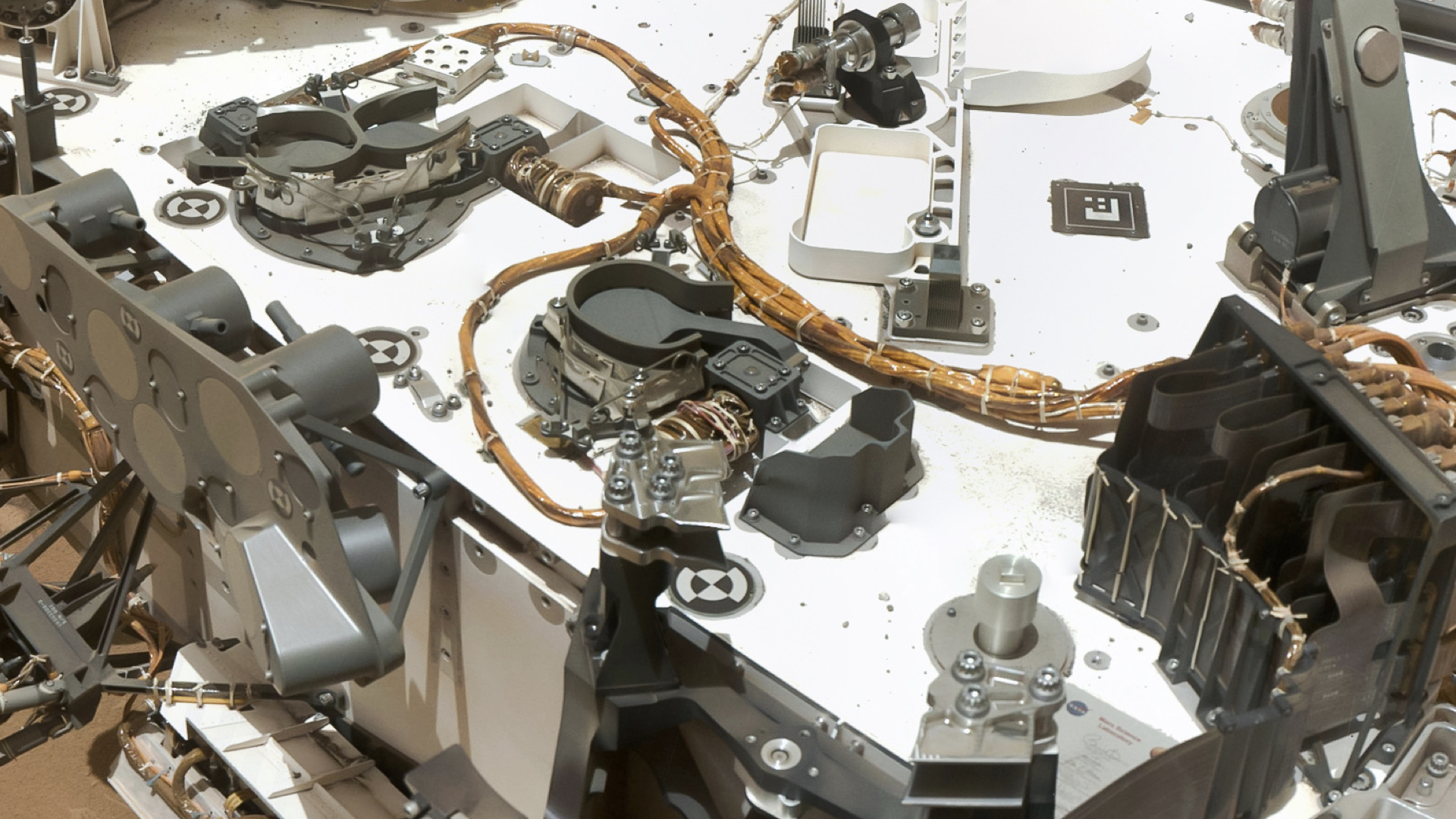If you’re looking for tips on what courses to study or potential job opportunities out there, this post is not that. Instead, I’d like to share the insights that led me to UX design in the hope that my experiences will resonate with those of you who may be unsure of what it is that you want to do and whether UX is for you.
This was originally a talk that I did at a Bakery Session earlier this year called “Making the switch. A talk about switching to a career in UX Design”
On paper, my professional life reads as a whimsical collection of wildly different fields and interests. From my days as a fire dancer and qualified magician (yes, you read that correctly) to the long hours and back-breaking work as a sound engineer, I’ve gallivanted along the career path, taking frequent detours on the way. The eternal optimist, I’ve always tried to focus on how I’ve grown and what each role has given me. But overwhelmed by choice and mounting student loans, my enthusiasm soon began to wane.
After what felt like another dead-end, I took a friend’s advice and enrolled in the industrial design course at CPUT in 2008. While my love of making things compelled me to become a designer, I was less thrilled by the rampant materialism that created a market for those things and the reality of where those things ultimately end up – landfills and oceans. Despite my reservations, there were elements of design that spoke to me. I loved that design encouraged us to understand a problem from all aspects, inspiring creative solutions that we could test with people and iterate on.
On a 6-month stint to Sweden – a study-exchange program through CPUT – I was introduced to interaction design. Unlike industrial design, interaction design satisfied my inclination to simplify or improve people’s lives without creating unnecessary waste. Having completed my studies and in need of a job, I began looking for interaction design companies, only to find that there were none in South Africa. The closest match was a software company following similar design methods to the ones I’d learnt abroad. With no experience in designing interfaces, I did what I’ve always done; I veered off course and headed in a new direction.
Why am I telling you all this? Well, because I’ve learnt that when at a crossroads, deciding which path to take can be daunting. I want to remind you that it’s okay to not know what you want to be when you grow up. And while it’s easy to compare yourself to others who seemingly have it all figured out, there are drawbacks to having a master plan or singular passion in mind. Strict adherence to a master plan can create blind spots. Driven by passion, we can become fixated on achieving the goal, stopping at nothing to do so.
But so often, plans go awry. Shrouded by our need to become an expert in our passion, we struggle to change course even though there’s evidence to suggest we should. So strong is our desire to get there, we risk losing sight of better routes along the way. Our achievements are loud and celebrated. Our failures mourned. Personally, I prefer to not have a master plan and rather be curious.
Unlike passion, curiosity is quiet. We have to listen out for its whispers of inspiration. When we do, it spurs us into action, prompting us to investigate and question our surroundings. And sure, curiosity may take us down paths that appear to lead nowhere, but it also pulls us in new and better directions. Relentless curiosity allowed me to find my way into a design career that I never knew I wanted. Curiosity also makes light work of problem-solving. By encouraging us to care about the task at hand, it supports us in finding a real, considered solution. Most importantly, when our solutions come up short, being curious makes it easier to re-evaluate our options and try for something better.
This way of thinking is crucial to good design. When handed a brief, for example, we should inquisitively unpack its motivations. “Why am I being asked this?”, “What are they really asking for?” Curiosity will help us deduce possible answers before we need to ask directly. We are taught to ask “Why” as many times as possible, and as much as I agree with this, I believe that being relentlessly curious helps ensure you are not just robotally asking why, why, why, like a five year old, but rather ask the right why at the right time. You care about the answers and really want to know ‘why’. Elizabeth Gilbert explains how curiosity is much better for creativity than passion in a great Ted Interview podcast. Well worth a listen!
As much as I feel that I have found a more permanent career at this point, I know that things will change. I still can’t say that I know what I want to be when I grow up or that I have a life goal, and I’m totally happy with that. I am open to inspiration and willing to venture down paths that may end up being a dead end. I think that is part of being a designer. So if you’re interested in design and you are relentlessly curious about the world, then why not try it out? You don’t need to know if it’s perfect for you to investigate.
















